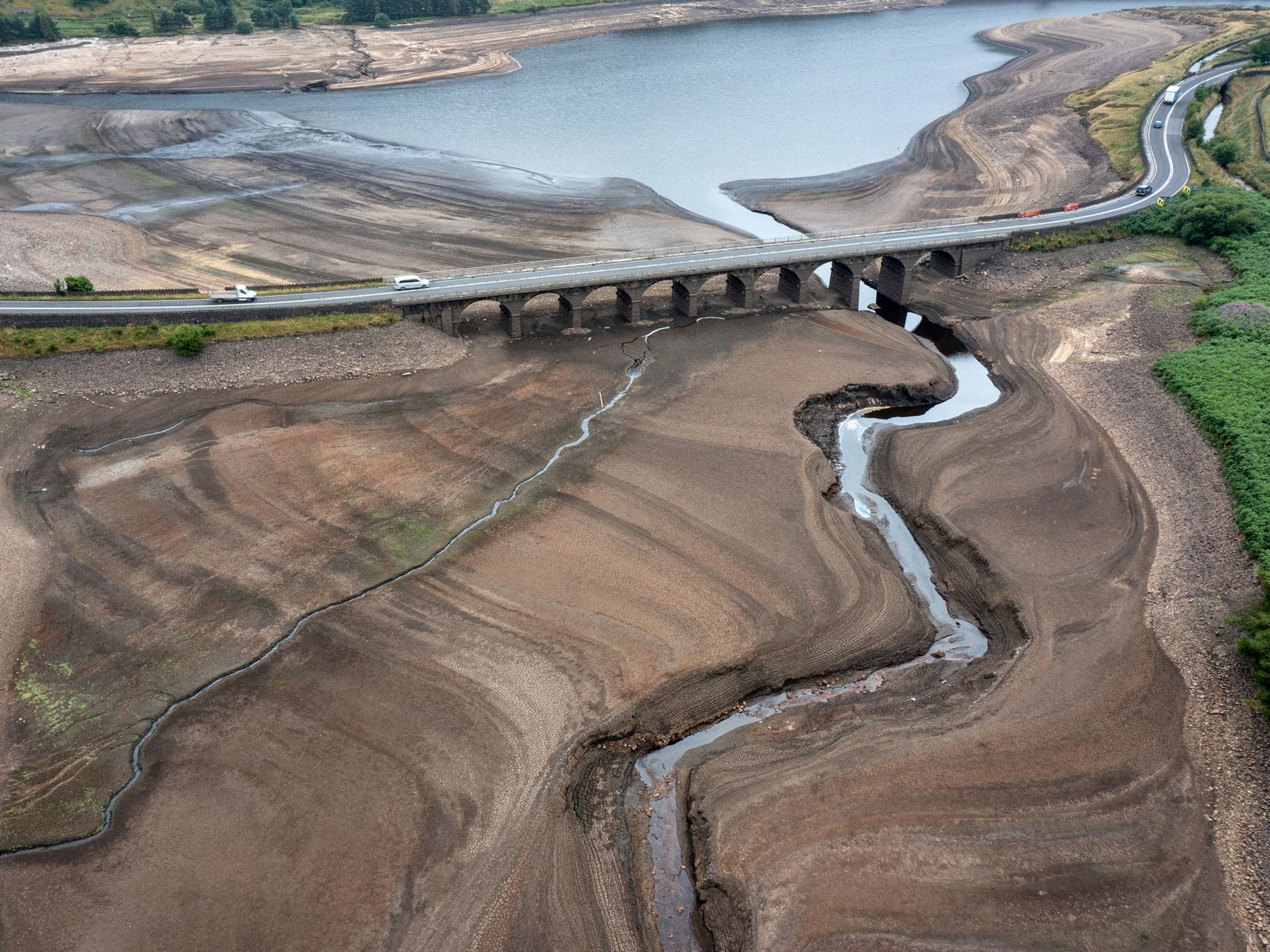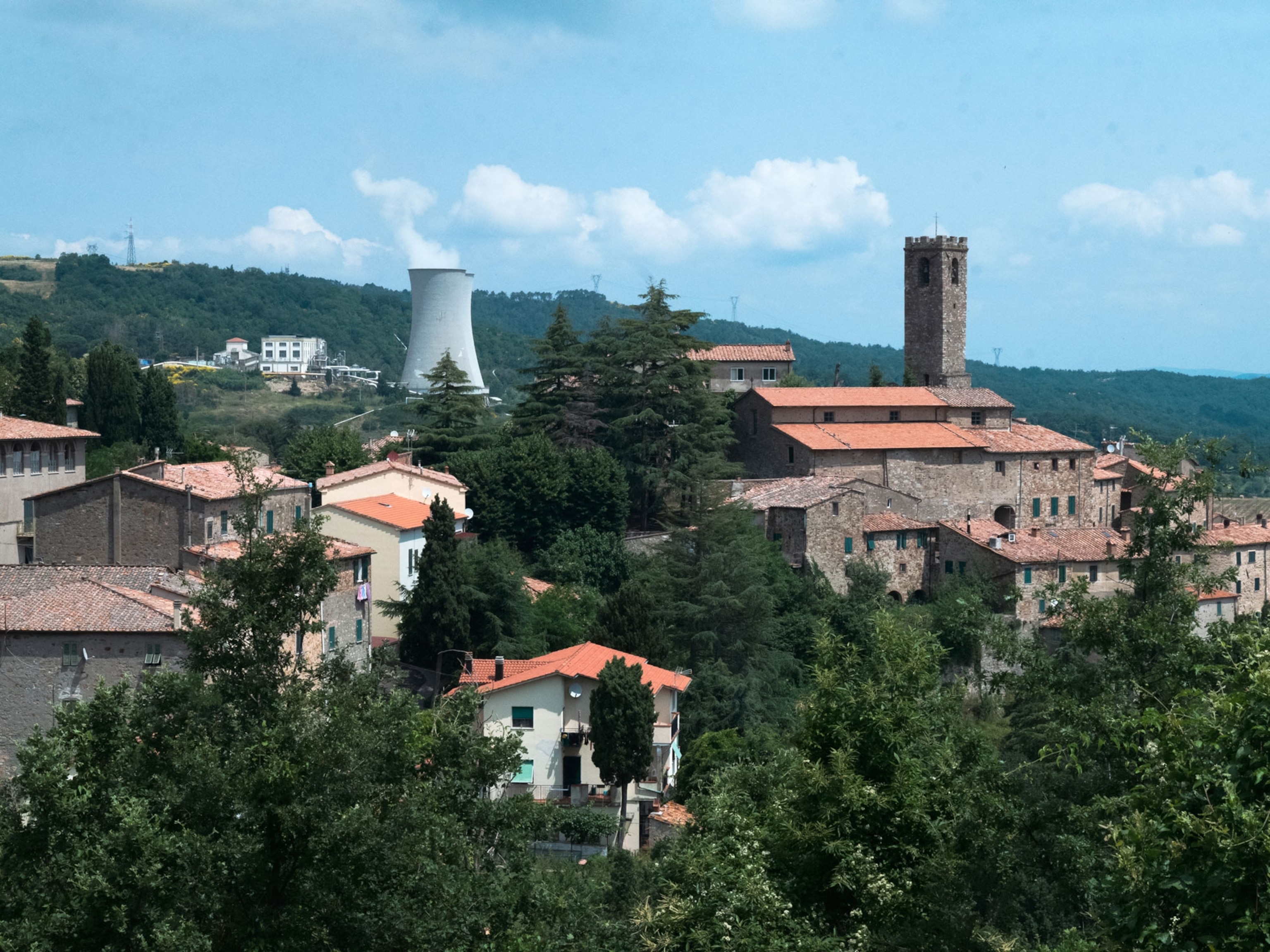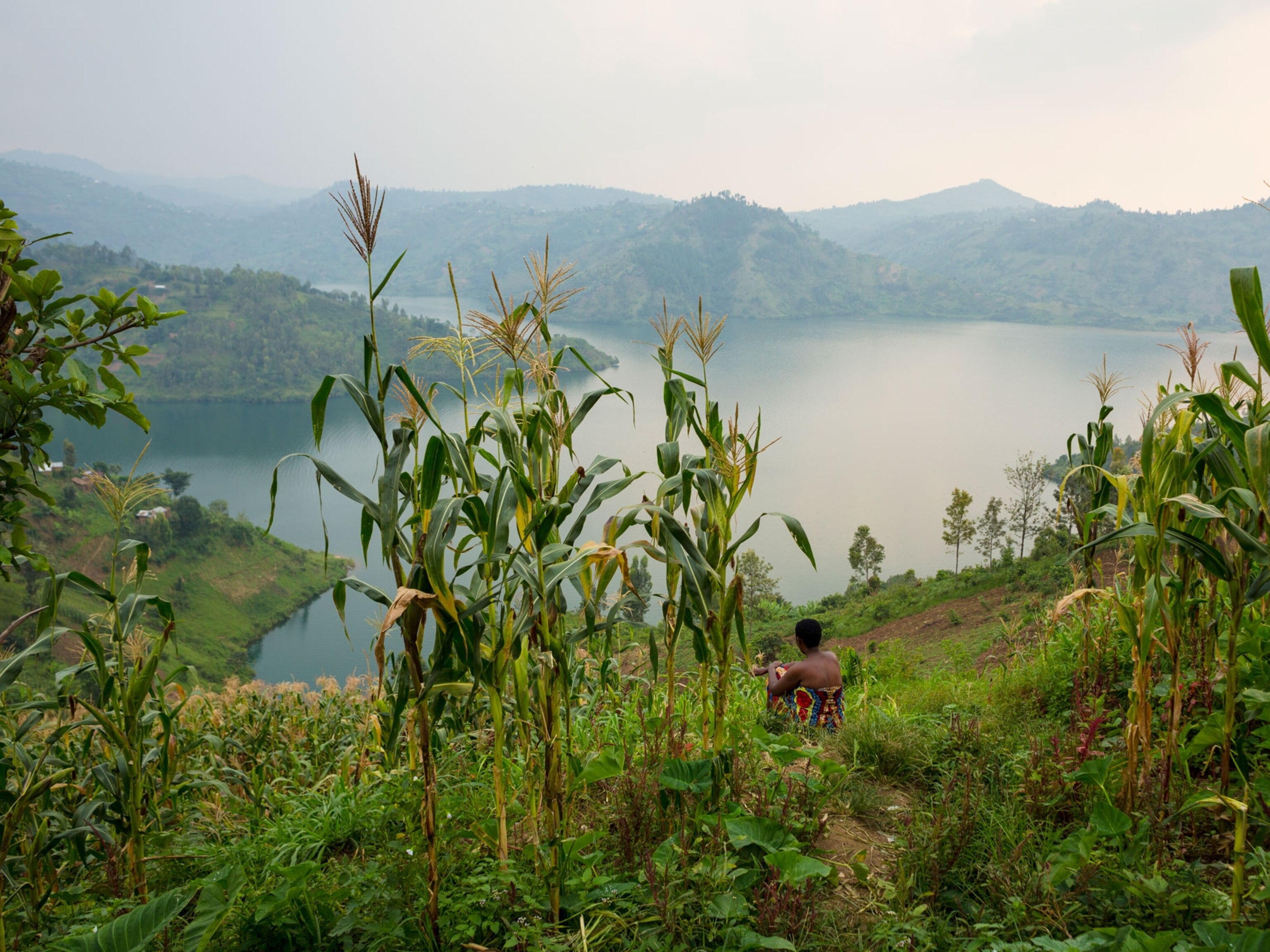
New Space Station Photos Show North Korea at Night, Cloaked in Darkness
North Korea's isolation is visible in new satellite photos that show the energy-bankrupt country at night.
Since the mid-1990s, when fuel stopped flowing from the defunct Soviet Union to North Korea, the famously hermetic country has descended into darkness.
Newly released photos taken from the International Space Station last month reveal just how energy bankrupt North Korea has become. The photos, and a time-lapse video of the region, show the country as almost completely black, in contrast to the bright lights of neighbors like South Korea and Japan. (See related, "North Korea: Nuclear Ambition, Power Shortage.")
In South Korea, each person consumes 10,162 kilowatt hours of power a year. North Koreans each use just 739. Other than several small spots of light, including the brightly illuminated capital of Pyongyang, the country just about blends in with the surrounding black ocean.
Satellites have traditionally been the best tools for observing North Korea; they capture detailed views from far beyond sealed borders. Starting in 1948 with Kim Il Sung, the grandfather of the current North Korean supreme leader Kim Jong Un, the country has shunned most of the world.
The North Korean government has refused offers of food and energy aid in exchange for a commitment to curtailing its nuclear energy ambitions. International inspectors have been denied entry, which has resulted in increasingly harsh sanctions led in large part by the United States and South Korea. China remains the staunchest of the north's few allies.
In her 2009 book Nothing to Envy: Ordinary Lives in North Korea, Barbara Demick described the effect darkness has on culture.
Streets become too dark for people to walk, limiting social interactions outside of daytime work hours. No one can watch TV or consume the limited amount of media allowed by the government.
Still, some parts of North Korea never go dark. Several government buildings, as well as Kim Jong Un's personal palace, stay lit at all times. Also illuminated around the clock: the famous 560-foot (171-meter) Juche Tower at the center of Pyongyang. It stands as a lonely symbol of nationalism and self-reliance, whatever the cost.
Related Topics
You May Also Like
Go Further
Animals
- Octopuses have a lot of secrets. Can you guess 8 of them?
- Animals
- Feature
Octopuses have a lot of secrets. Can you guess 8 of them? - This biologist and her rescue dog help protect bears in the AndesThis biologist and her rescue dog help protect bears in the Andes
- An octopus invited this writer into her tank—and her secret worldAn octopus invited this writer into her tank—and her secret world
- Peace-loving bonobos are more aggressive than we thoughtPeace-loving bonobos are more aggressive than we thought
Environment
- Listen to 30 years of climate change transformed into haunting musicListen to 30 years of climate change transformed into haunting music
- This ancient society tried to stop El Niño—with child sacrificeThis ancient society tried to stop El Niño—with child sacrifice
- U.S. plans to clean its drinking water. What does that mean?U.S. plans to clean its drinking water. What does that mean?
- Food systems: supporting the triangle of food security, Video Story
- Paid Content
Food systems: supporting the triangle of food security - Will we ever solve the mystery of the Mima mounds?Will we ever solve the mystery of the Mima mounds?
History & Culture
- Strange clues in a Maya temple reveal a fiery political dramaStrange clues in a Maya temple reveal a fiery political drama
- How technology is revealing secrets in these ancient scrollsHow technology is revealing secrets in these ancient scrolls
- Pilgrimages aren’t just spiritual anymore. They’re a workout.Pilgrimages aren’t just spiritual anymore. They’re a workout.
- This ancient society tried to stop El Niño—with child sacrificeThis ancient society tried to stop El Niño—with child sacrifice
- This ancient cure was just revived in a lab. Does it work?This ancient cure was just revived in a lab. Does it work?
Science
- The unexpected health benefits of Ozempic and MounjaroThe unexpected health benefits of Ozempic and Mounjaro
- Do you have an inner monologue? Here’s what it reveals about you.Do you have an inner monologue? Here’s what it reveals about you.
- Jupiter’s volcanic moon Io has been erupting for billions of yearsJupiter’s volcanic moon Io has been erupting for billions of years
- This 80-foot-long sea monster was the killer whale of its timeThis 80-foot-long sea monster was the killer whale of its time
Travel
- Spend a night at the museum at these 7 spots around the worldSpend a night at the museum at these 7 spots around the world
- How nanobreweries are shaking up Portland's beer sceneHow nanobreweries are shaking up Portland's beer scene
- How to plan an epic summer trip to a national parkHow to plan an epic summer trip to a national park
- This town is the Alps' first European Capital of CultureThis town is the Alps' first European Capital of Culture




